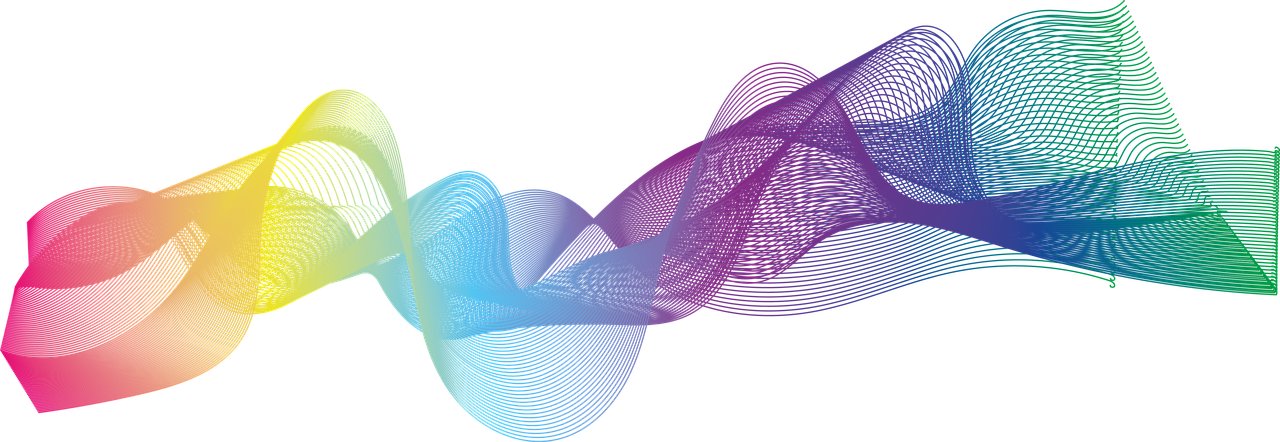This series of posts describes what we’ve learned about the peculiarities of leadership in academia based on our work with the CPI 260® leadership assessment. See the introduction to this series for background on this assessment.
The biggest consistent difference we see between the leadership profile of business leaders and faculty is a scale called Achievement via Independence.
Achievement
For faculty, this scale has the second highest average score among all 21* leadership-related measures on the CPI 260®. For business leaders, this is the sixth highest measure; Dominance, Independence, Empathy, Managerial Potential, and Leadership each have a higher average score in the business world.
 This difference underlies the oft-quoted metaphor that leading faculty is like herding cats. The veracity of this metaphor is not (just) due to ego or introversion or orneriness. There is simply an enormous amount to get done within a faculty career (which has been characterized as a meta-profession because of the diverse and multi-faceted demands, all requiring a high level of performance and skill). Faculty productivity is led by priorities and efforts that are focused on achievement, and the dance card is usually full long before a request related to a collective need occurs.
This difference underlies the oft-quoted metaphor that leading faculty is like herding cats. The veracity of this metaphor is not (just) due to ego or introversion or orneriness. There is simply an enormous amount to get done within a faculty career (which has been characterized as a meta-profession because of the diverse and multi-faceted demands, all requiring a high level of performance and skill). Faculty productivity is led by priorities and efforts that are focused on achievement, and the dance card is usually full long before a request related to a collective need occurs.
Independence
Moreover, the training, culture, expectations and reward systems of academia emphasize the accomplishments of the individual. Both the PhD and the tenure system (and often the bureaucratic structure of academia as well) demand that scholars get things done on their own. Furthermore, a scholar is often operating in an arena only they fully understand or envision; often there is no option for achieving their goals within an existing structure or set of agreements.
While this reality creates all sorts of frustrations for the collective efforts of academia, it is not in and of itself a problem. Achievement via independence is an extraordinary skill and faculty on average demonstrate it at an extraordinary level. Do faculty need other skills as well? Yes, of course – but the demand for other capacities should not cancel our our appreciation for the capacity of faculty to get things done and make a difference, even when the world does not see, understand, or assist in their endeavors.



